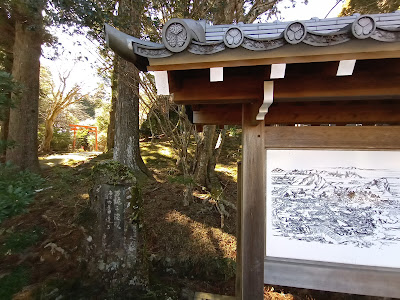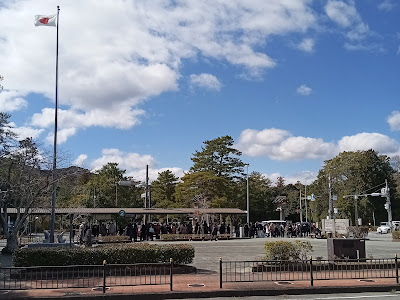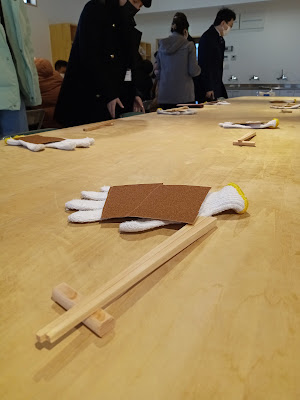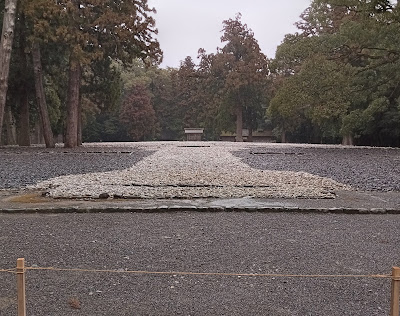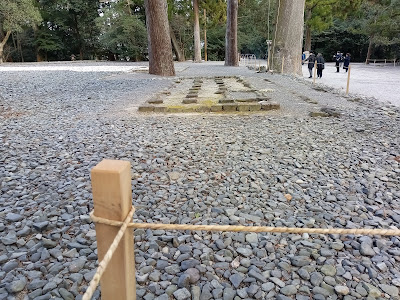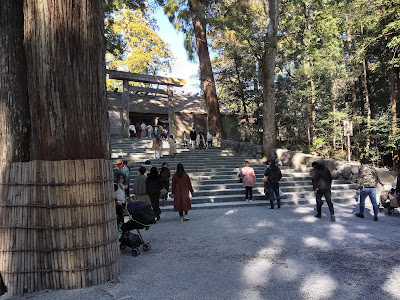Day 8, the many faces of Ise Jingu rituals - popular and imperial
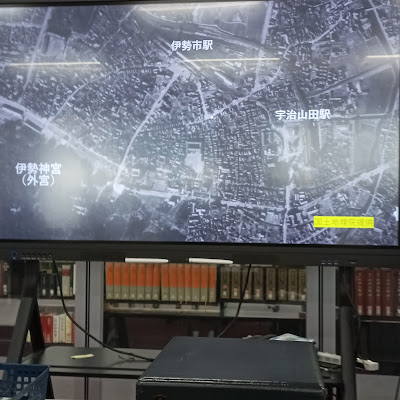
Tourism created before-during-after WWII (bomb damage photo) Pilgrimage during the feudal years of Tokugawa times included elements of modern tourism (seeing sights, buying souvenirs, engaging in things out of the ordinary, dreaming of going, recounting after returning home), but the concept of "leisure" and the logistical possibility of recreational traveling as something named "tourism" (kanko, 観光) came closely associated with rail service around the country in the 1910s and later, including for school graduation excursions, for instance. Pr. H. brought illustrations, photos, words and music from a period wind-up record player for 78 rpm disks to bring all this to life from 100 years ago, along with picture postcards and 1-sen coins of the daily life 100 years ago. Following on from the roots of tourism and the Jingu visits by people from near or far, Pr. S. presented the several varieties of rituals conducted annually and more infrequently at the Inner and the O...
